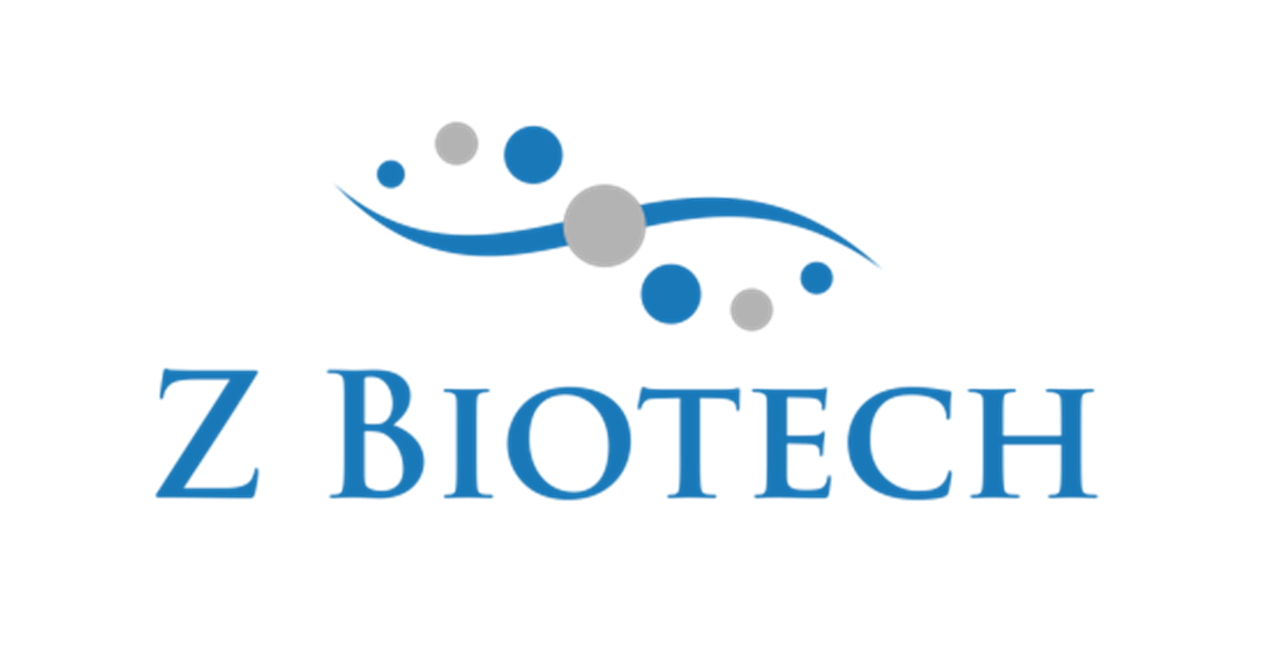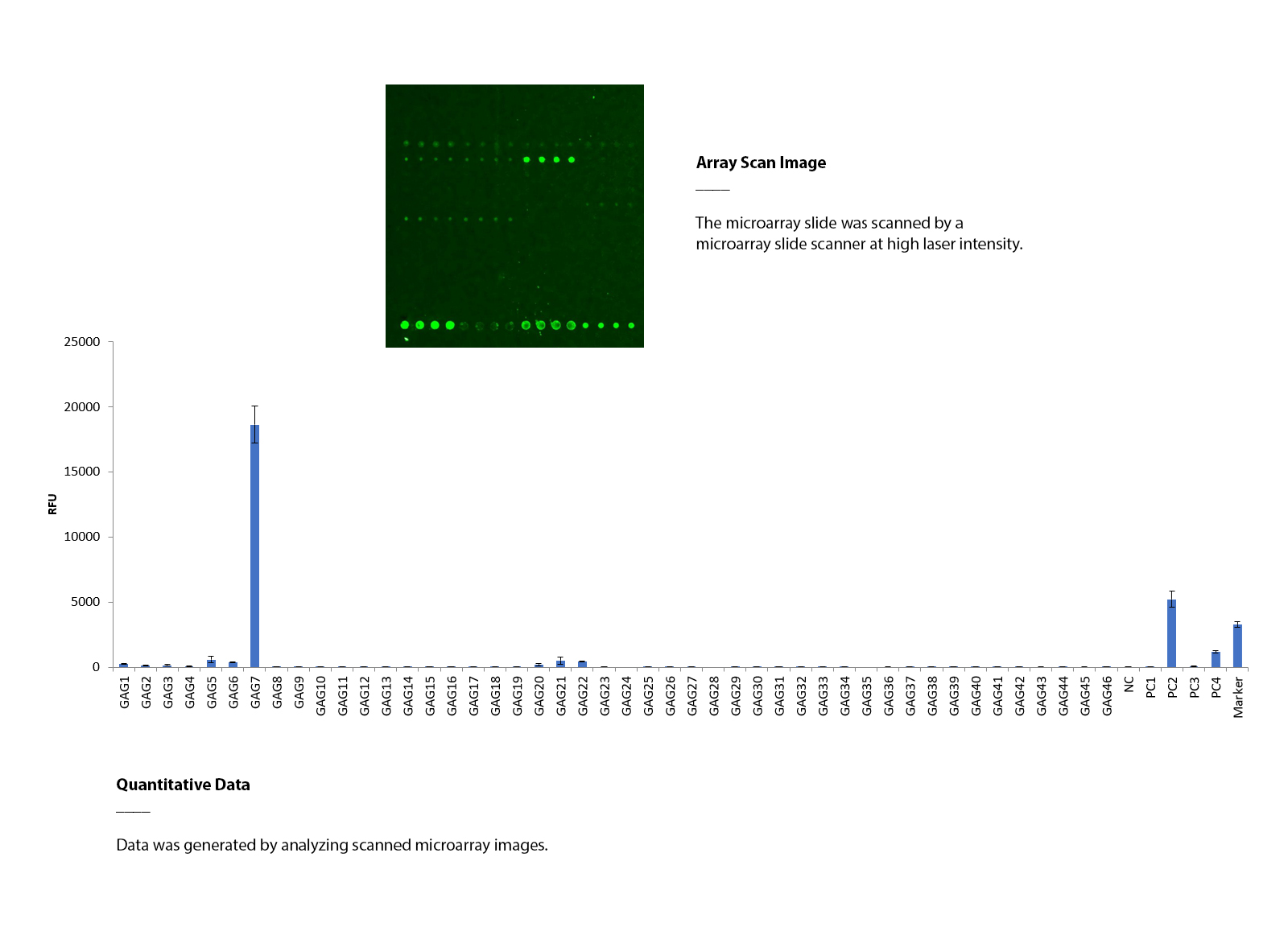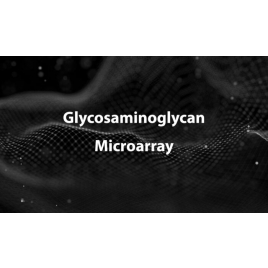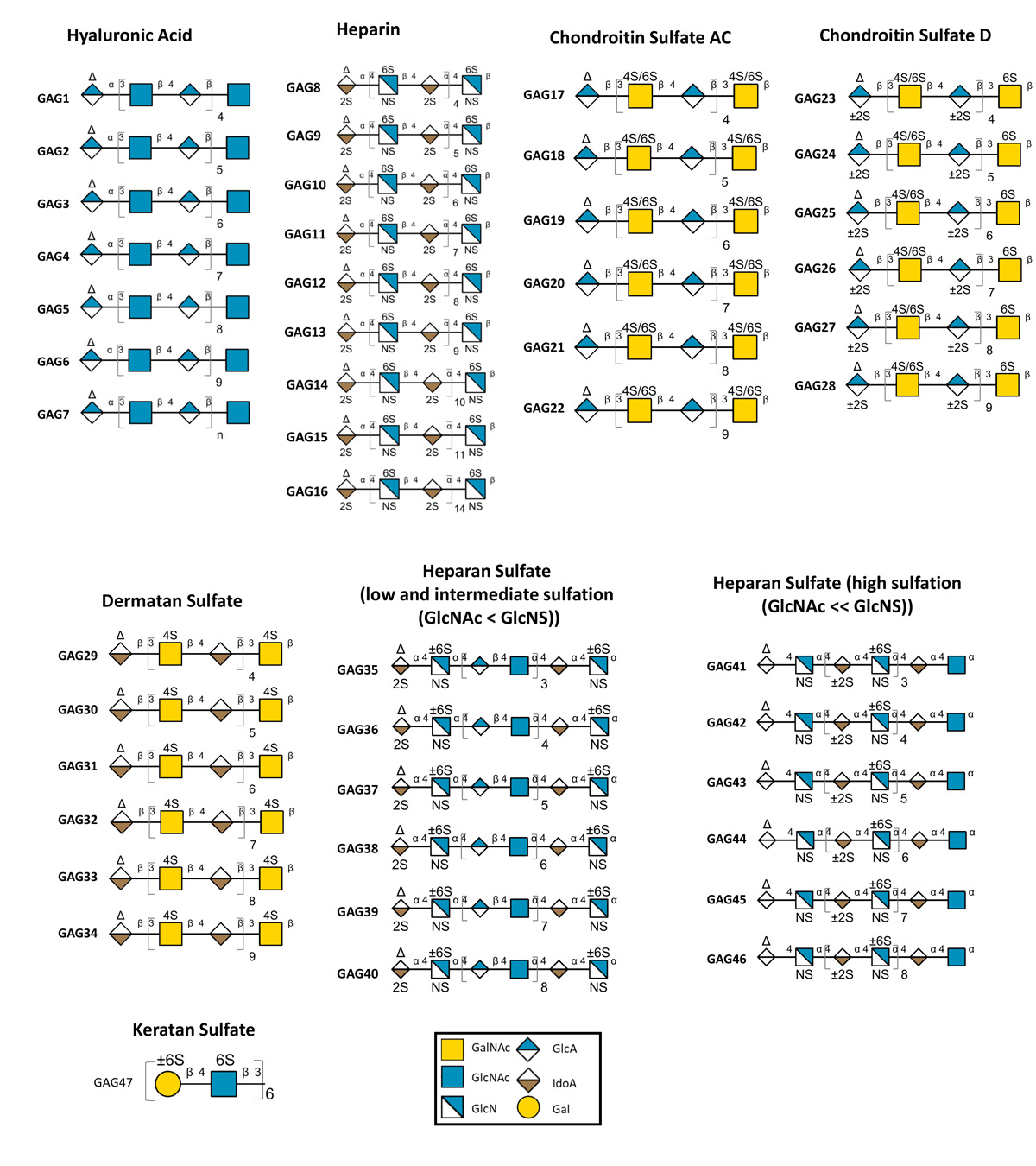Product
제품
-
Analytical Products
- Wyatt Technology
- Awareness Technology
- Eurofins l Abraxis (GSD)
- Aurora Biomed
- Canada NRC-CNRC
- Cifga
- Chrom Tech
- Eichrom Technologies
- EPROGEN
- Fluidic Analytics
- Globe Scientific
- GENERON
- Halo Labs
- Hygiena International
- KROMATON
- InProcess-LSP
- MTC Bio
- MZ-Analysentechnik
- Newomics Inc.
- Occhio Instruments
- Optimize Technologies
- Pickering Laboratories
- PolyLC
- Raykol Group
- RheoSense
- Rocker Scientific
- Santai Science
- SEDERE
- Spectra Analysis
- UCT
- Wealtec Corp
-
Bio & Medical Products
- Biolog
- Adooq Bioscience
- A&A Biotechnology
- Accegen Biotechnology
- Anatrace
- Array Bridge
- Biogenes GmbH
- BioQuochem
- BioServ UK
- Biomiga
- Biotech Support Group
- CinderBio
- Cell Technology
- Creative Biolabs
- Creative Diagnostics
- Creative Biostructure
- Creative Biomart
- Creative Enzymes
- EICOM
- Emulseo
- GLYcoDiag
- Helix Biotech
- InnoGenomics
- IsoSciences, LLC
- IUL Instruments
- Micropore Technologies
- Matrix Innovation
- PreciGenome
- PhylumTech
- ProFoldin
- Protein Ark
- Primer Design
- ProteoChem
- RareCyte
- RECIPE
- Silicycle Inc.
- Tymora Analytical
- UTAK
- YouSeq
- Z Biotech
소개

GlycosaminoglycanArray
Glycosaminoglycans (GAGs), also known as mucopolysaccharides, are a class of long and linear polysaccharides. There are four major classes of GAGs: hyaluronic acid (HA), heparan sulfate/heparin (HS/Hep), chondroitin sulfate/dermatan sulfate (CS/DS), and keratan sulfate (KS). They are structurally different polysaccharides defined by specific monosaccharides, sulfation modifications, and chemical linkages.
GAGs are ubiquitously found on the mammalian cell surface and in the extracellular matrix. They maintain cell hydration and provide structural support for connective tissues. They are also critical regulators in cell signaling pathways. However, abnormally expressed GAGs have been linked to various diseases. For example, alterations in GAG sulfation patterns have been associated with poor prognosis of breast, ovarian, colorectal, prostate, and gastric cancers. However, it is not fully understood to what extent the degree of GAG sulfation can promote or inhibit cancer progression. One of the hallmarks of Alzheimer’s disease is the presence of extracellular plaques composed of fibrillated amyloid-beta (Aβ) protein. Sulfated GAGs act as pathological chaperones to assist Ab aggregation. However, GAGs of a unique N-sulfation pattern can reduce Aβ protein aggregation. GAGs are often targeted by microbial pathogens to enter the cell and establish infections. Many microbial pathogens hijack the host biological process of GAG synthesis to subvert immunity and promote disease. Therefore, identifying and understanding the differences between GAGs expressed in normal and pathological conditions is vital for understanding the pathogenesis of these diseases.
ZBiotech has developed a robust microarray platform that allows researchers to define GAG-binding specificities for various biological samples, such as proteins, antibodies, cells, cell lysate, serum, vesicles, bacteria, or viral particles. The glycosaminoglycan array features 47 distinct GAG structures varying in length, degree of sulfation, and disaccharide sequence. Each array contains 8 or 16 identical subarrays, enabling the simultaneous analysis of multiple samples. The glycosaminoglycan array provides high-throughput and reliable glycan-binding information with a simple assay format that only requires a small sample volume. It can be customized to meet individual client needs. Assay services are available upon request.
Features
• 47 distinct GAG structures
• Unrivaled sensitivity and specificity
• Simple assay format
• Small sample volume
• Customizable (select GAGs for a specific microarray format)
• Assay service available
Applications
• Evaluate binding specificities of GAG-interacting proteins
• Evaluate binding specificities of GAG-interacting antibodies
• Study virus – GAG interactions
• Study bacteria – GAG glycan interactions
• Study vesicle – GAG glycan interactions
• Study cell – GAG glycan interactions
Using glycosaminoglycan array to determine the binding specificity of mouse CD44
The glycosaminoglycan array was assayed with mouse CD44 hFc (5 μg/mL), followed by an anti-human IgG antibody (Cy3). The array was scanned with a microarray scanner at 532nm wavelength. Positive control showed binding signals as expected. CD44 interacts with hyaluronic acid (GAG7).

사양
주문정보
10609-16S Glycosaminoglycan Array Slide (16 samples)
10609-8K Glycosaminoglycan Array *Assay Kit (8 samples)
10609-16K Glycosaminoglycan Array *Assay Kit (16 samples)
* The assay kit contains a microarray slide, a bottle of blocking buffer, a bottle of assay buffer, a hybridization chamber, and sealing films. The hybridization chamber is a device that holds the array slide, assay buffer, and samples to be analyzed.
관련자료
List of glycosaminoglycan structures on the array (download the PDF)
Protocol & User Manual (download the manual)



